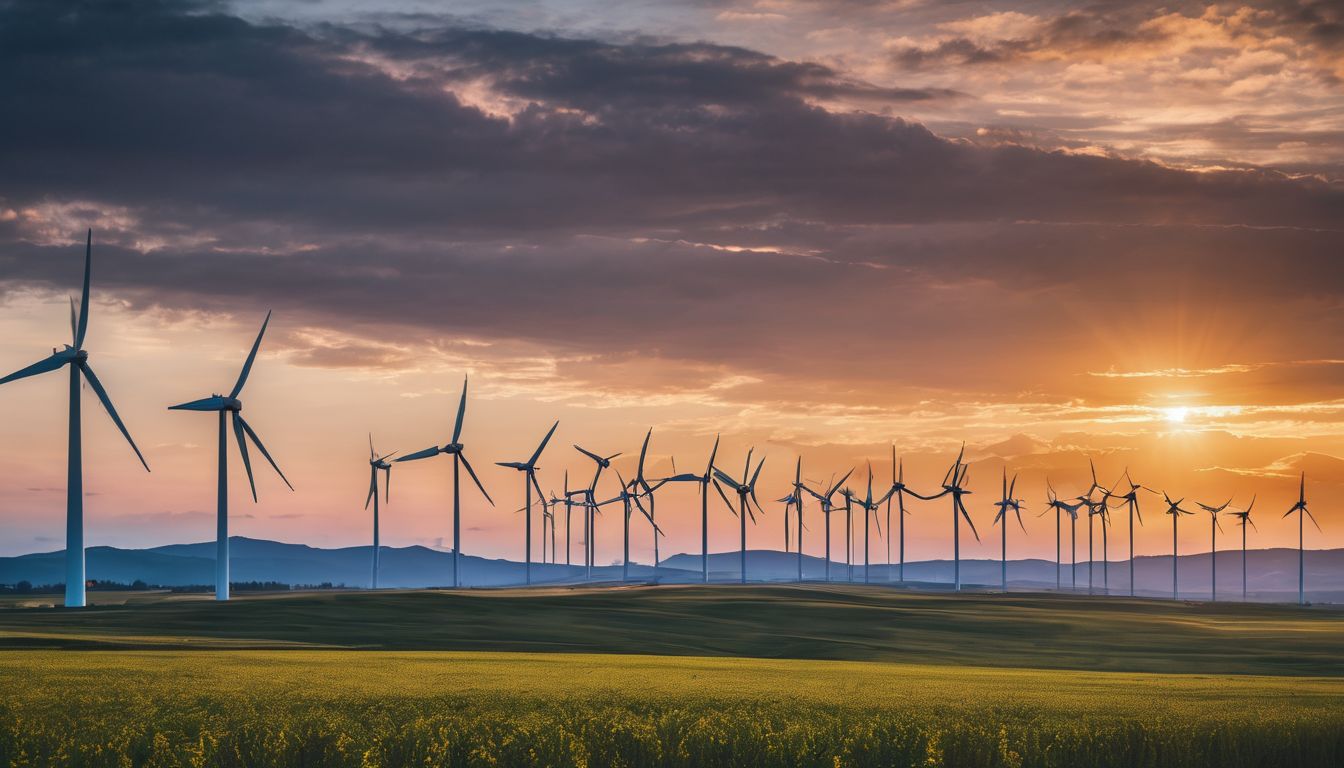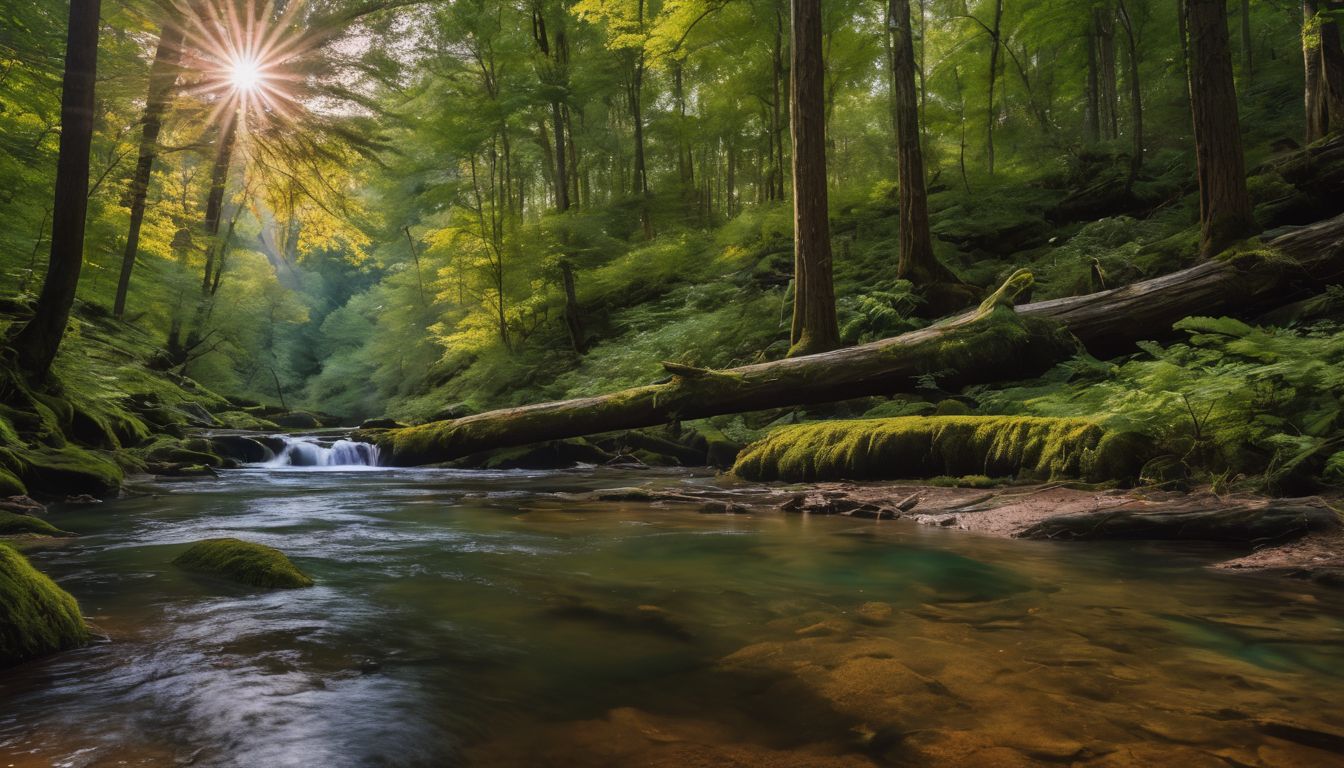Knitting — the process of turning Earth into the clothes on our backs—is one of the oldest crafts in the world. For many, it’s a meditation, an act that frees one to measure life in needle clinks rather than minutes. And like all forms of meditations, it brings us closer to ourselves and to the natural world around us. Unfortunately, this craft of knitting isn’t necessarily good for the environment—what you knit and how you knit it matters!
BENEFITS FOR THE ENVIRONMENT: Each of our stitch-sized choices makes a difference when multiplied by 38 million—the number of knitters in the United States. According to a 2009 study by the Craft Yarn Council, those knitters create an average of 24 projects each year, and more than half of them buy yarn at least once a month.1 When 38 million balls of organic cotton or hemp replace 38 million balls of petroleum-based synthetic yarn, we’ll create lasting change for the better!
COST: Moderate
TIME AND EFFORT: Moderate
INSTRUCTIONS:
Step 1—Choose your Needles
Knitters know that just one set of needles won’t do. You need small ones for baby socks, chunky ones for afghans, circular ones for hats, and then some more for varying your styles. Before you buy the whole set, consider borrowing needles from fellow knitters instead. To find knitters in your neighborhood, log on to Stitch n’ Bitch, an international community of busy hands.2 If begging friends (or strangers) for needles doesn’t work, scour local garage sales and thrift stores. If you’re really crafty, try making your own set out of wooden chopsticks or dowels: knittinghelp.com/videos/knitting-tips and scroll down to “Make Your Own Needles” to learn!
Buying new needles? Choose bamboo instead of metal and plastic, as bamboo is a fast-growing plant that’s renewable and biodegradable.3 Bamboo is even being used to make sustainable guitars!
Step 2—Choose your Yarn
Skip the synthetics. Nylon, polyester, and acrylic yarns are derived from petroleum and plastics that don’t biodegrade. They not only further our oil dependency and clog up our landfills, but they also damage our health and are especially harmful to babies.4 Instead choose a natural yarn:5
- Hemp and linen, which both come from plants that grow easily and quickly without pesticides. Unfortunately, hemp cultivation is illegal in the United States.
- Organic USDA-certified cotton, which doesn’t contribute to the $2 billion of pesticides applied to conventional cotton plants each year.6
- Animal fibers (wool, angora, alpaca, mohair, cashmere, qivuit) that meet USDA organic standards and/or Global Organic Textile Standards. Products not certified organic may come from animals on large-scale farms, which heavily spray grazing fields with pesticides and treat animals with growth hormones and antibiotics.
- Regenerated cellulose fibers (bamboo, rayon, Modal, Tencel, SeaCell). Note that although these materials come from renewable sources and are biodegradable, the conversion from raw material to soft yarn requires a great deal of energy and chemicals. Some of the chemicals, like carbon disulfide, are linked to neural disorders in workers at the fiber plants.
- Wild silk (ahimsa silk, muga silk, peace silk, or true raw silk), which is made from the cocoons of the common mulberry silk worm. Conventional silk farming kills 2,500 worms to produce one pound of fine silk, whereas wild silk farming allows the pupae to emerge as moths and fly free. Note that the silk worm has been raised in captivity for centuries, and that even “wild” silk worms can no longer see or fly and they live for only seventy days.
- NOTE: Be wary of labels like “sustainable” because the term is not clearly defined and doesn’t require a third-party review or certification.
- Choose yarns that are naturally dyed or, better yet, undyed. Although natural dyes are friendlier to the environment than synthetic dyes, they’re not as safe as you might assume. Many natural dyes don’t bind well to fiber, so they’re helped along by a mordant, or a metal salt that binds the dye molecule and the fiber. Some mordants, like chromium, are toxic. But while chromium is required for many synthetic chemical dyes, natural dyes have safer alternatives like alum, a salt used in pickles, styptic pencils, and deodorants. Interested in learning the art of earth-friendly dyeing? Check out the book The Complete Guide of Natural Dyeing: Techniques and Recipes for Dyeing Fabric, Yarn, and Fiber at Home by Eva Lambert and Tracy Kendall.
- Browse these helpful lists for yarn brand recommendations:
- If you have a bounty of time and patience, make your own yarn out of recycled newspapers7 or plastic bags.8 To make yarn out of old clothes—a t-shirt, skirt, or even a pair of jeans—simply cut the cloth into strips with a rotary cutter and tie the strips together with an overhand knot.9
- You can also buy yarn made from recycled materials. For example, Earth-Friendly Yarns sells a yarn handspun from recycled Balinese sarongs. Each purchase helps Nepalese and Indonesian families attain safe shelter, healthcare, and education.10
Step 3—Choose your Project
Make an eco-friendly project such as a purse that doubles as a bike basket, a reusable grocery bag,11 or a big sweater or afghan that will encourage you to lower the thermostat this winter! To save money and paper, borrow pattern books from your local library. Check out these green reads for inspiration:
- Knitting Green by Ann Budd
- Natural Knits for Babies and Moms by Louisa Harding
- Knit Green: 20 Projects and Ideas for Sustainability by Joanne Seiff
- No Sheep For You: Knit Happy with Cotton, Silk, Linen, Hemp, Bamboo and Other Delights by Amy R. Singer
Make every part of your chosen project green. Adorn your cardigan with natural, fair-trade buttons, and stuff your teddy bear with recycled padding. Most importantly, choose a project that you love, because things made with tender care won’t end up in the landfill. They stand the test of time, as “Green Granny” shares in this blog:12
As I made a knit hat for each granddaughter, I thought about what would look nice on her, what would suit her taste. When I sent the box off, I included a hand-written note telling each girl why I chose the color and style for her hat, and why it was uniquely hers.
The following week I was talking to Lily, age 8, on the phone.
“Did you like the hat I sent?” I asked.
“Yes, Grandma, and I liked the note you sent even better.”
Then she added, “and I happen to be wearing the hat right now.”
“Are you outside?” I asked. (It was a warm winter hat.)
“No” she said. “I’m inside, but I just wanted to be wearing it.”
I smiled to myself. Something told me that the love that went into that hat was doing its work well. It was a blue hat, but I think it was the “greenest” hat of all–one that will be worn and enjoyed as a bond between us for a long time to come.
Step 4: Don’t Hoard
Do you have baskets full of unused yarn? Give it away to schools or community centers. Do you have sweaters or other knitted things that you no longer use? Unravel them and reuse the yarn!13 Do you, your friends, or your family members all already own sweaters, scarves, and socks lovingly knitted by you? Share the love by donating your next project to a deserving charity, like Project Linus, whose 20,000 volunteers have made over 75,000 blankets for seriously ill or traumatized children since 1995. If you’re an activist at heart, take part in “guerilla knitting,” also known as “yarn bombing” or “urban knitting.” Guerilla knitters beautify city streets by covering bike racks, parking meters, and even trees with knitted things.14
Step 5: Don’t Stress
Knitting is a meditative activity, remember? You don’t have to green every aspect of every project right away. Prioritize your goals, and then relax. We knitters know that patience and persistence always get the job done, eventually. Also, use it to get some exercise ☺ For your next knitting supply run, try to shop locally, preferably within walking or biking distance, and bring along a reusable bag… or three!




